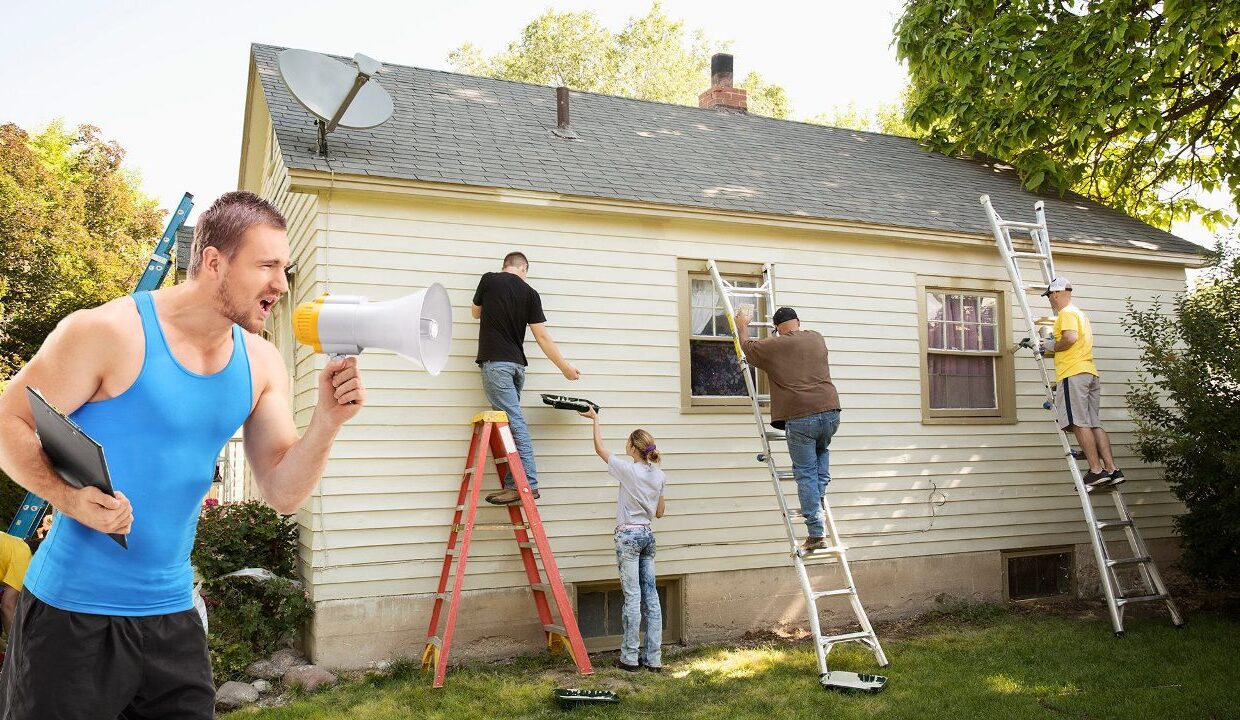
If you’re hoping to sell your home soon—ideally for top dollar—you’ll first want to take a step back and assess what you’re selling. Is your humble abode in the best shape to impress buyers?
Odds are, your home has sustained some wear and tear over the years. You might be used to that creaky floorboard or sticky door, but buyers who are seeing your home for the first time might not like these flaws so much… and may have plenty of other options on where to live.
If you want your property to stand out from the competition, you might want to prepare, and make a few adjustments, so it comes off in the best light. Here’s how to make sure your house is ready to sell, plus some things to fix and upgrade now that will pay off when you get an offer.
Tally the age of various items
No matter how great your home looks at first glance, any savvy buyer will point to various parts and pop the question: How old? Since guesstimates won’t cut it, you will need to gather some paperwork to get your house ready to sell.
If you’ve purchased your home in the past few years, check your home records or seller’s disclosure for the age or last repair of big items (namely your roof, HVAC system, water heater, and gutters), or dig up copies of your own maintenance records or receipts.
How long items last depend on a lot of factors such as the model and how well it’s been maintained, but you can get a general idea of the average lifespan from the National Association of Home Builders. For example:
- Wood shingle and shake roof: 15 to 30 years
- Central air-conditioning unit: 15 years
- Electric water heater: 14 years
- Gutters: 30 years
Do your own walk-through
Channel Sherlock Holmes and go through your home, room by room. Look for signs of damage that might drag down its value. Chandler Crouch, the broker for Chandler Crouch Realtors in Fort Worth, TX, suggests looking for these common problem spots:
- Wood rot around outside door frames, window ledges, and garage doors. Condensation and rain can cause these areas to weaken and rot.
- Water stains on the ceiling or near doors and windows. This can indicate a leaky roof or rain seeping in from outside.
- Leaks under sinks or around toilets.
- Bulges under carpet or discoloration on hardwood floors can indicate flooding problems or an uneven foundation.
Next, test what’s called the “functionality” in every room. For example, “Cracks visible in the walls and floor, doors that don’t shut right, broken handles on cabinetry, basically anything that doesn’t work perfectly should be repaired,” Crouch says. And don’t forget to inspect the outside.
“A lot of sellers skip the outside, but it is so important. That is where buyers will make their first impression,” says Darbi McGlone, a real estate agent with Jim Talbot Real Estate in Baton Rouge, LA.
Since you might be used to some of your home’s “little quirks,” it might help to get your real estate agent’s opinion on what should get fixed.
Consider a pre-inspection
Once you’ve done your own walk-through, you may want to have a pro take a second look before you decide you’re ready to sell. These people can spot flaws you overlooked because either you’re used to them or you didn’t realize they could cause trouble. You can enlist a real estate agent or hire a home inspector to do an inspection (or pre-inspection) to pinpoint problems from bad wiring to outdated plumbing.
While the cost varies, people pay $300 to $500 for a home inspection. Go to the International Association of Certified Home Inspectors® to find a home inspector in your area. It may cost a bit, but it will buy you the peace of mind of knowing you’re not in for any surprises down the road. In fact, having a home inspection report handy to show buyers can inspire confidence that they (and you by association) aren’t in for any nasty surprises as you move toward a deal.
What to renovate before you sell
Once you know what in your house could stand for repairs or upgrades, it’s time to decide where to infuse some cash. Don’t worry, not everything needs to be done before your home is ready to sell. And while you’re probably not jumping at the idea of renovating a property you’re going to sell, certain fixes will give you an edge over the competition, which means more/better offers. Remember, real estate is an investment!
But don’t just obsess over the obvious—e.g., your kitchen could stand for new cabinets. After all, many buyers will want to tweak cosmetic details to their own tastes, so you could be throwing money down the drain. Instead, focus on fix-its that are less susceptible to personal preferences that buyers like to know are in good shape.
For example, one study by the National Association of Realtors® found that upgrading hardwood floors reaps an estimated 100% return on investment, essentially paying for itself. Upgrading your insulation can net you a 95% ROI, a new roof a whopping 105%! Because what buyers don’t like to know they’ve got a solid roof over their heads?
